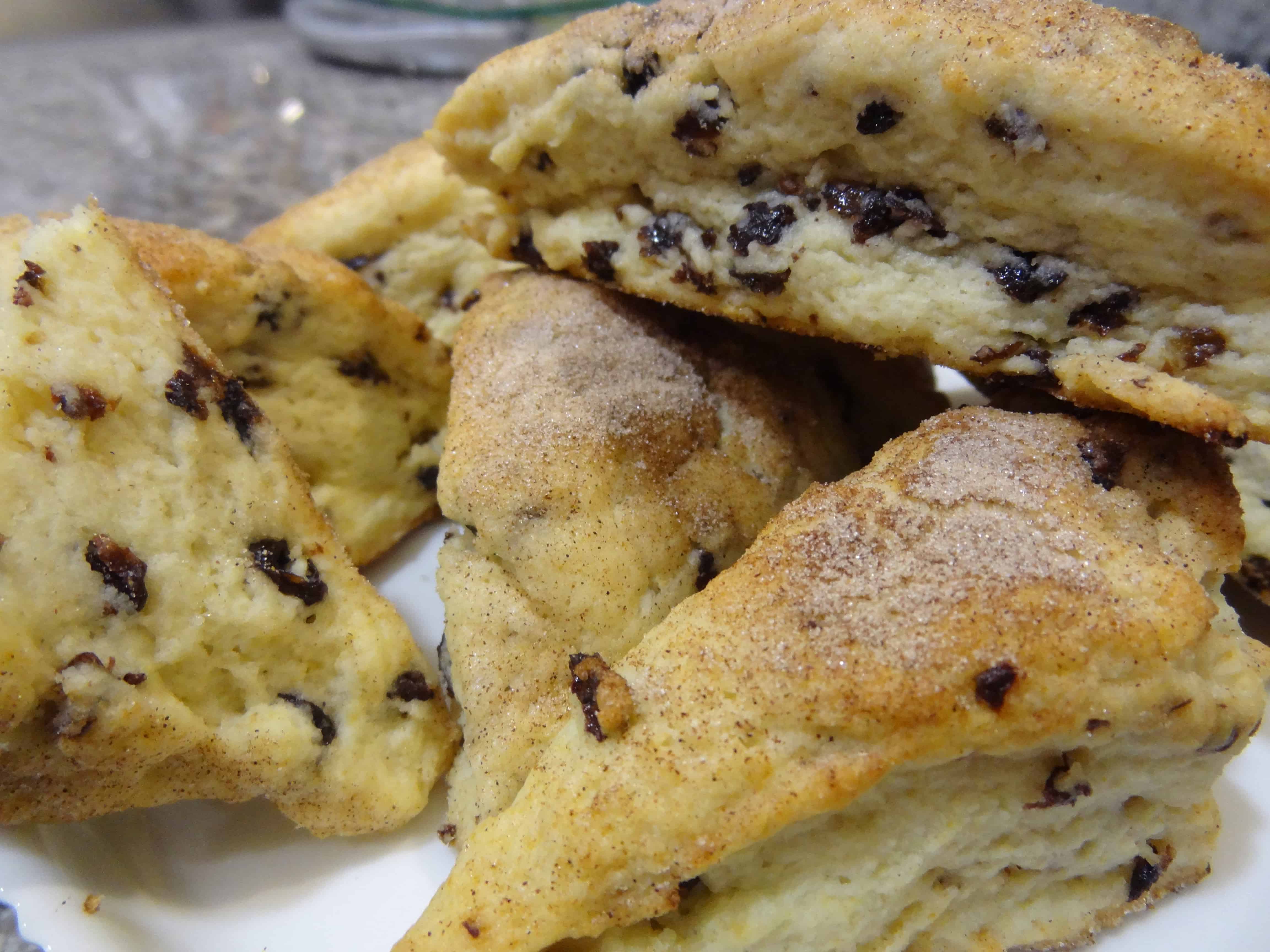
I’ve got scones on the brain. This weekend’s Baked Sunday Mornings assignment is a “rustic” scone recipe. In preparation for this, I was inspired to conduct a little scone contrast experiment. I’ve mostly baked the traditional, English-style scone, which I find to be utterly delightful and comforting. My early baking was heavily influenced by recipes and cookbooks from Williams-Sonoma, and one of my lingering favorites is this recipe for Currant Cream Scones. I learned the “biscuit method” for mixing dough (cutting cold butter into the dry ingredients) with these, and they never disappoint. This was one of the first recipes that I learned how to make well, and they helped me build my baking confidence to try new and more complex recipes. I have a special affinity for these scones– they give me warm scone fuzzies, and you can get them too!
The delicate, flaky scone texture speaks to their refined British heritage– a natural accompaniment to a steaming cup of tea. (I feel more classy already.) Though the ingredients are quite simple, the flavors complement each other beautifully, producing an elegant and timeless treat: the golden, buttery dough is accented by a hint of lemon zest and the mild tartness of dried currants. The cinnamon-sugar sprinkled on top lends a delicate sweetness to the scones, as well as a light, pleasing crunch when you bite into one.
Notes on ingredients:
- I recommend using high-quality butter, since butter is a starring flavor. I prefer Irish butter, which is made in the European style with a higher percentage of butterfat than standard supermarket butters.
- Make sure you are using fresh dried currants. If you buy them from bulk dispensers (like at Whole Foods), make sure they are not overly shriveled and dry-looking; they should retain a bit of moisture and a shiny surface.
- The original recipe calls for ¾ cup of heavy cream, but I found that my dough comes out dry and crumbly, and thus the scones break apart when baked. I increased the cream to 1 cup, which yields a moister dough that is easier to handle and results in more shapely scones.
- Good quality cinnamon for the topping makes a difference in the depth of cinnamon flavor. You will notice a distinct cinnamon-y burst that is perfectly sweet, but not overpowering. I prefer Vietnamese cinnamon, which has a nice balance of sweet and spicy notes.
There are a few key tricks to ensuring tender scones:
- Make sure your butter is very cold– I sometimes pop it in the freezer for a few minutes before adding it to the food processor
- Work quickly with a light touch so that a) the butter doesn’t get too warm and b) you don’t overwork the dough
- Use a sharp knife to cut the dough, and bake the scones immediately after slicing
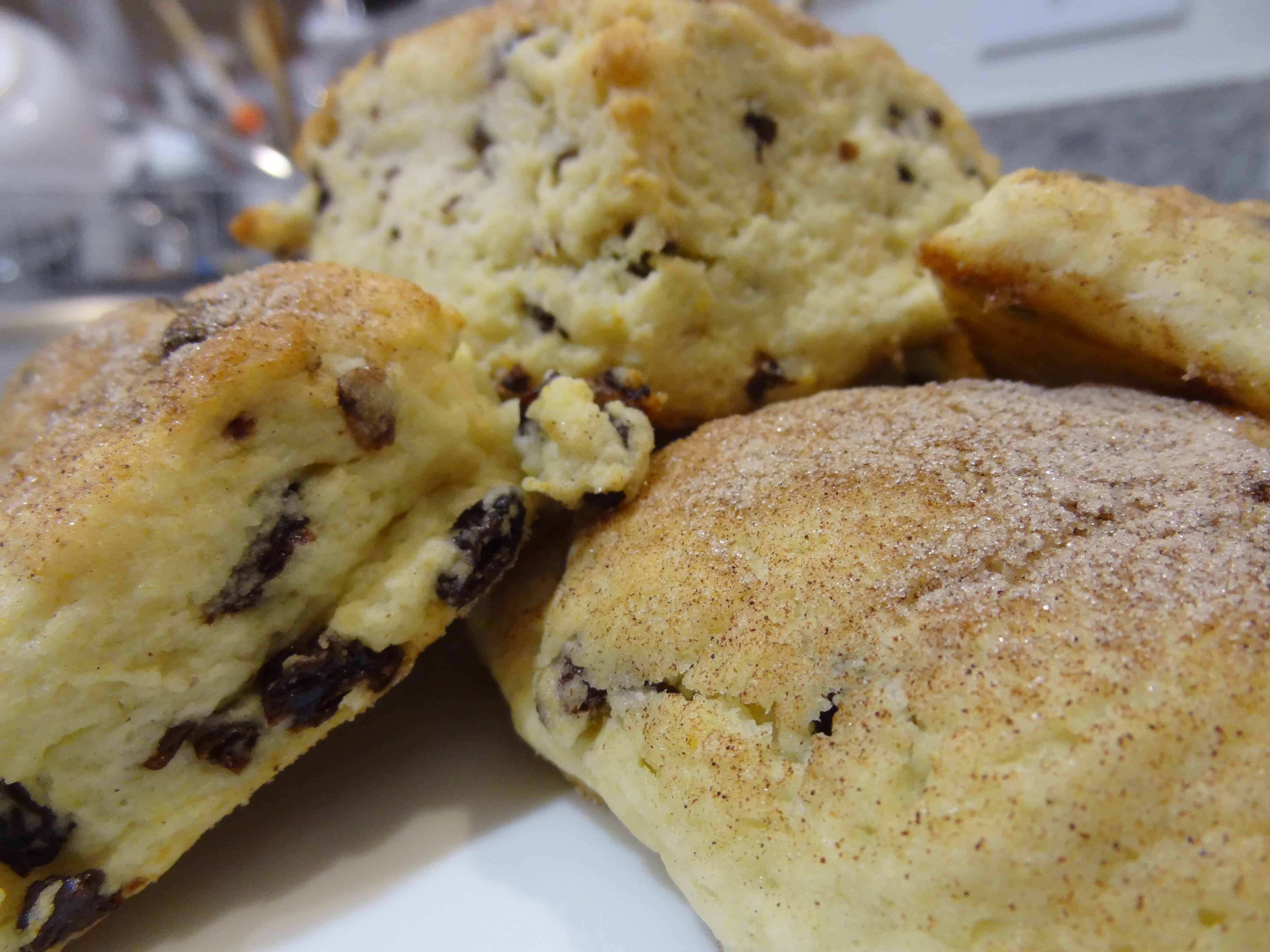
Currant Cream Scones
Adapted from Williams-Sonoma Essentials of Baking (2003)
Yields 8-16 scones
For the dough:
- 2 cups (315g) all-purpose flour
- ¼ cup (60g) granulated sugar
- 1 tablespoon baking powder
- ½ teaspoon salt
- 2 teaspoons grated lemon zest
- 6 tablespoons (¾ stick) cold unsalted butter, cut into ½-inch pieces
- ½ cup (90g) dried currants
- ¾ – 1 cup heavy cream
For the topping:
- 1 tablespoon granulated, Demerara, or turbinado sugar
- 1 teaspoon ground cinnamon
- 2 tablespoons heavy cream or milk
Preheat an oven to 425°F and position a rack in the middle. Line a rimless baking sheet with parchment paper and set aside.
You can mix the dough either in a food processor, stand mixer, or by hand with a pastry cutter. I choose the first option, as the dough comes together really quickly and evenly with the help of my trusty Cuisinart.
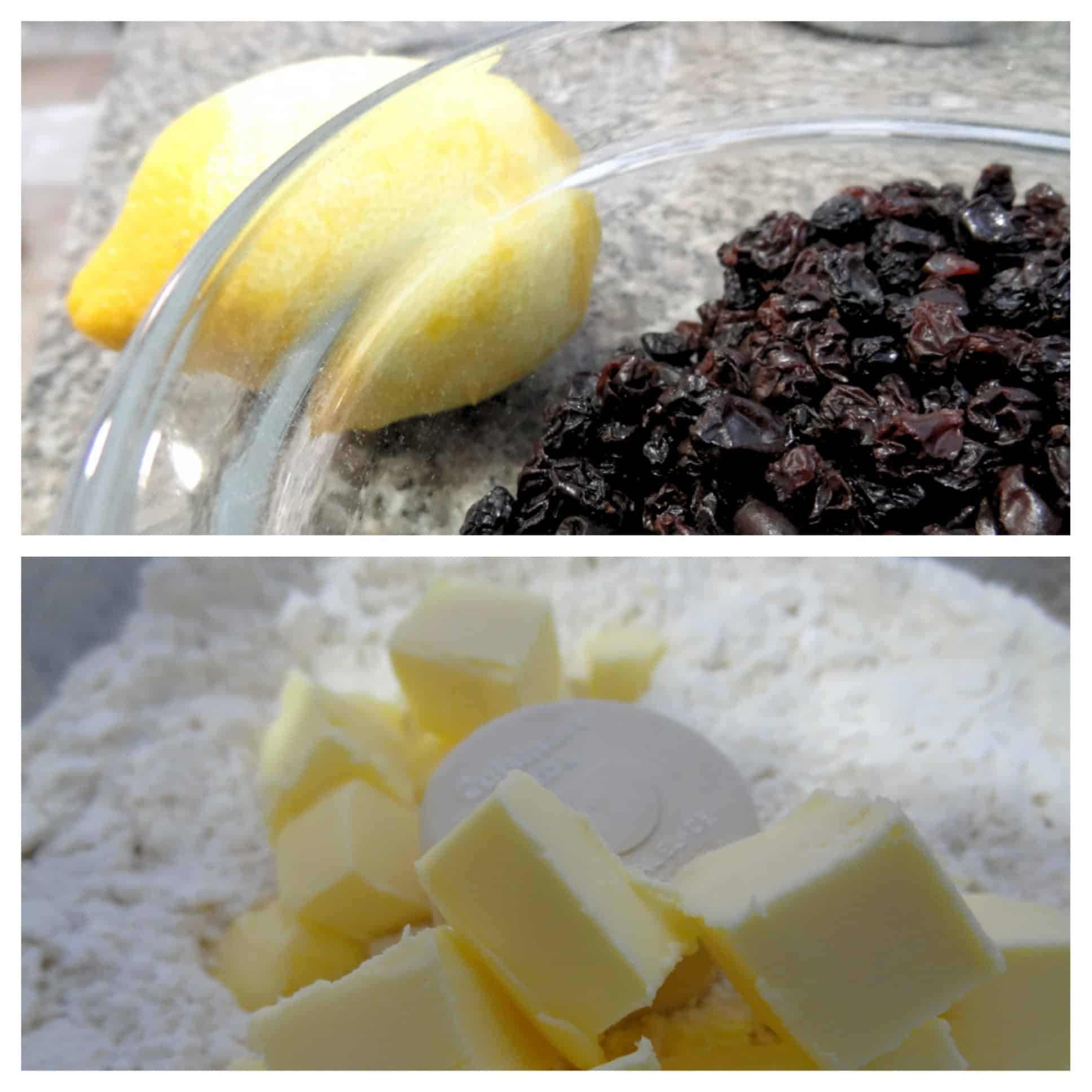
To make the dough with a food processor, add the flour, sugar, baking powder, salt, and lemon zest to the bowl of the machine, fitted with the metal blade. Pulse 2 or 3 times to mix evenly. It will look like sparkly white sand and will have a bright lemony scent. Add the butter pieces and pulse 7 or 8 times, just until the mixture forms large, pea-sized crumbs. Scatter the currants over the dough, pour in the cream, and pulse just until the mixture is moistened. I have found that this dough is actually pretty forgiving, but take care not to overmix here, as the tenderness of the scones may be compromised.
To make the dough in a stand mixer, place the flour, sugar, baking powder, salt, and lemon zest in the bowl of the mixer fitted with the paddle attachment. Mix on low speed for a few seconds until combined. Add the butter chunks and mix on medium-low just until there are large, pea-sized crumbs in your mixture. Add the currants to the bowl, followed by the cream, and mix for a few seconds just until moistened.
To make the dough by hand, whisk the flour, sugar, baking powder, salt, and lemon zest in a large mixing bowl. With a pastry cutter or two knives, cut in the butter until you have achieved large, pea-sized crumbs. Add the currants and mix to distribute evenly. Pour in the cream and stir with a fork or a rubber spatula just until the dry ingredients are moistened.
Your dough will still look pretty crumbly and have smalls pieces that are not yet incorporated, but do not fret! Turn the dough out onto a lightly floured work surface and press it *gently* together until the dough forms a ball and will hold its shape. You do not want to squish it tightly here– it’s okay for your ball to be somewhat loosely held together.
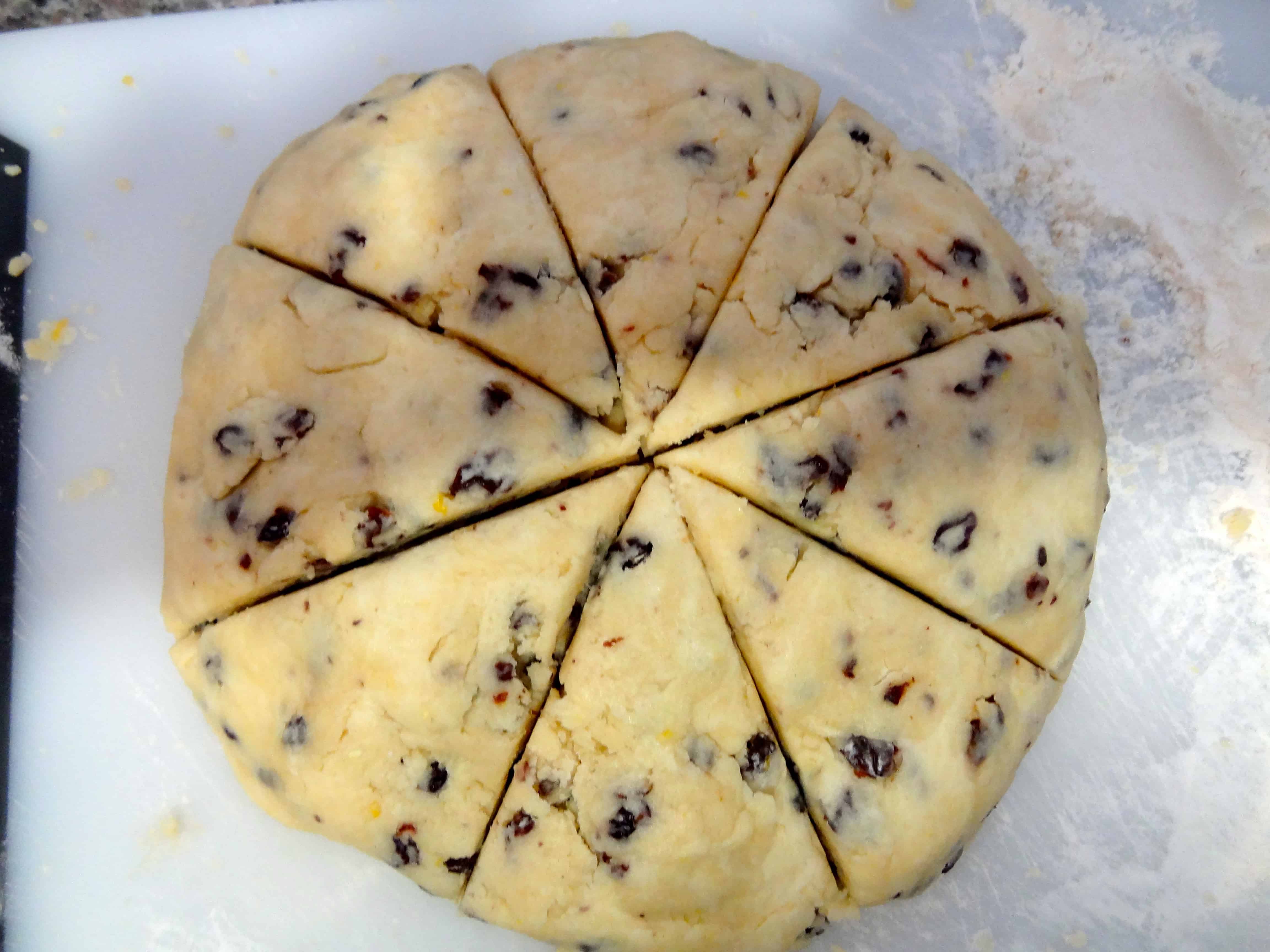
For eight large scones, gently pat the dough out into a round about an inch thick and 6-8 inches in diameter. Using a very sharp non-serrated knife or a bench scraper, slice the dough into eight wedges. Personally I find this size to be rather huge, so I prefer making smaller ones. You can do this in one of two ways:
- Cut each wedge in half crosswise to make smaller triangles
- Form two separate, smaller dough rounds and cut each one into wedges, resulting in a total of sixteen scones
I think the scones turn out with a neater, more uniform shape using the latter method. If you prefer round scones to wedges, you can form one large dough round (as described above) and use a round or fluted biscuit cutter (2- or 3-inch diameter, depending on the desired scone size) to cut out your scones. For that matter, why not use square or even heart-shaped cutters?
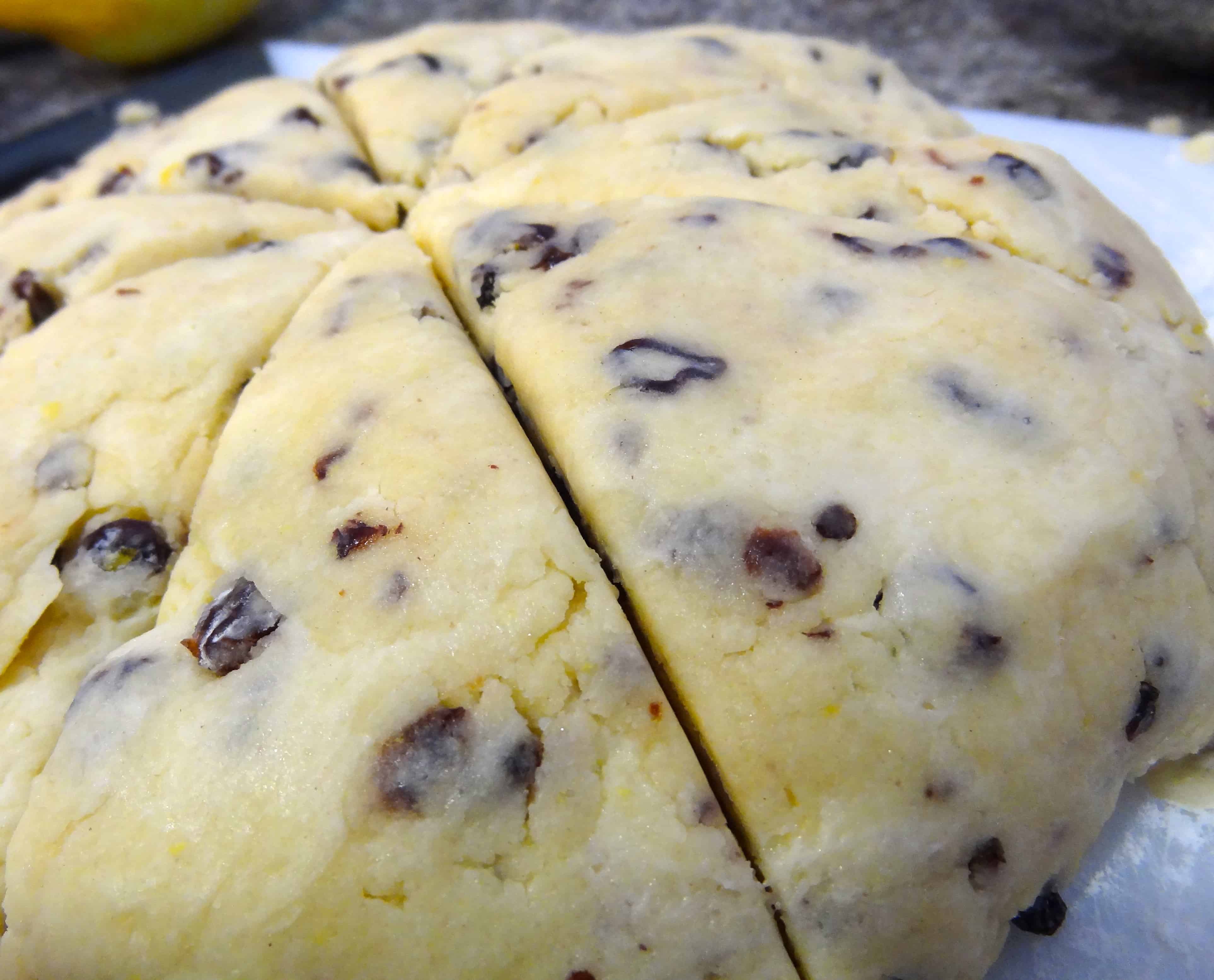
Whatever shape you choose, place the cut scones at least one inch apart on the prepared baking sheet. If the dough has gotten too warm or soft, place the cookie sheet in the fridge for a few minutes while you prepare the topping. (Alternatively, you can prepare the topping before making the dough and set it aside until you’re ready.)
To make the cinnamon-sugar topping, stir together the sugar and cinnamon in a small bowl. With a pastry brush, glaze the scones with the cream and sprinkle evenly with the cinnamon-sugar mixture.
The scones are now ready to go into the oven. Your baking time will depend on whether you’ve chosen to make the larger or smaller size. For the larger scones, bake for 13-17 minutes, while smaller scones will be done in approximately 10 minutes. They will be a beautiful golden brown on top and around the edges, with a little sparkle on top from the sugar.
Transfer the sheet pan to a wire rack for cooling. The scones can be served warm or at room temperature. They are really lovely slathered with lemon curd, your favorite jam, or a little butter.
Store in an airtight container at room temperature for optimal freshness. They are best if eaten within two days of baking, but even a few days later they are quite tasty.
I hope these scones bring you the same warm, homey comfort that they bring me. I make them again and again, and fall in love with them all over again each time.
Stay tuned for my next post, which will feature a much different style of scone– it’s tough to choose between them!
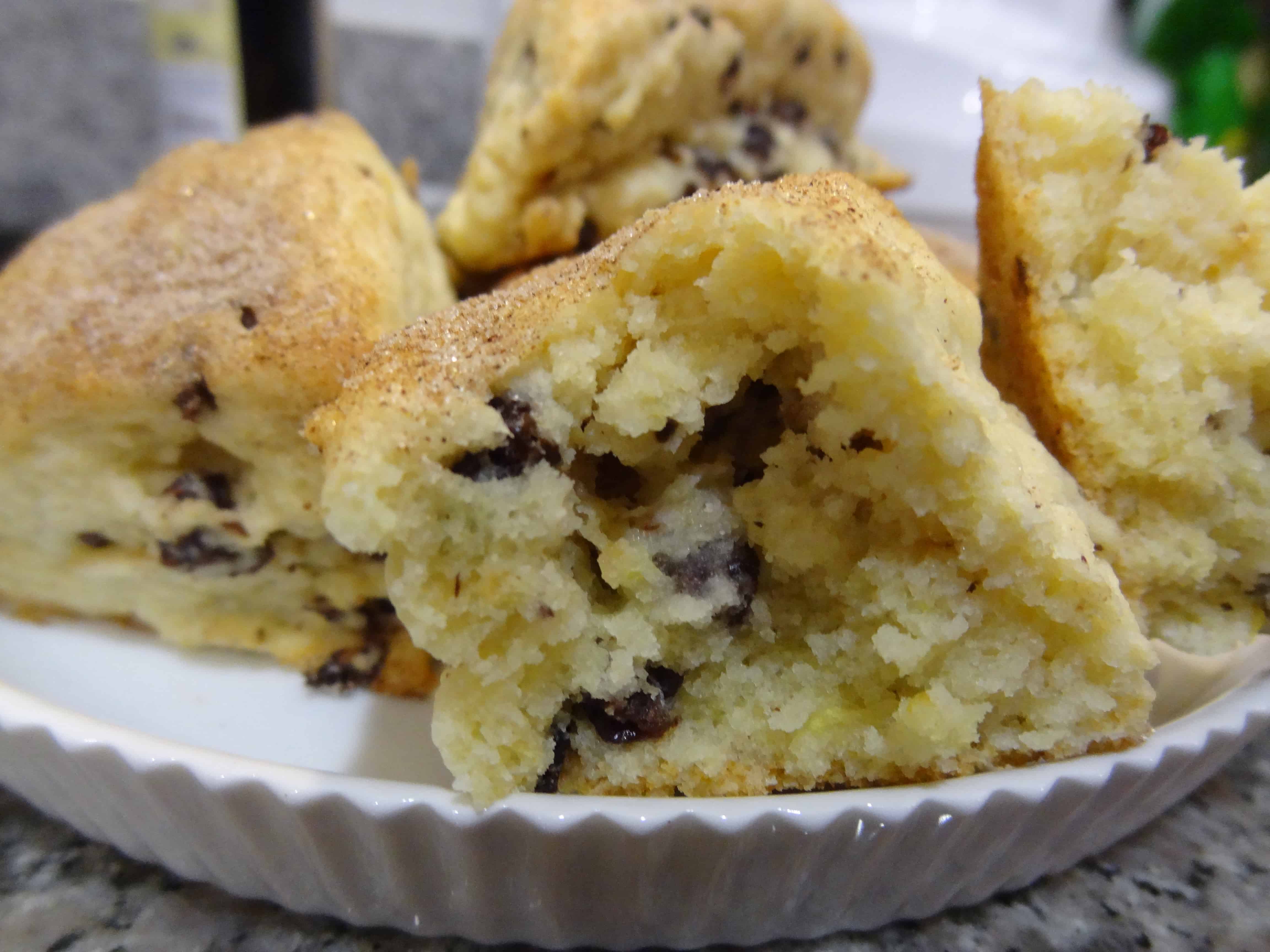




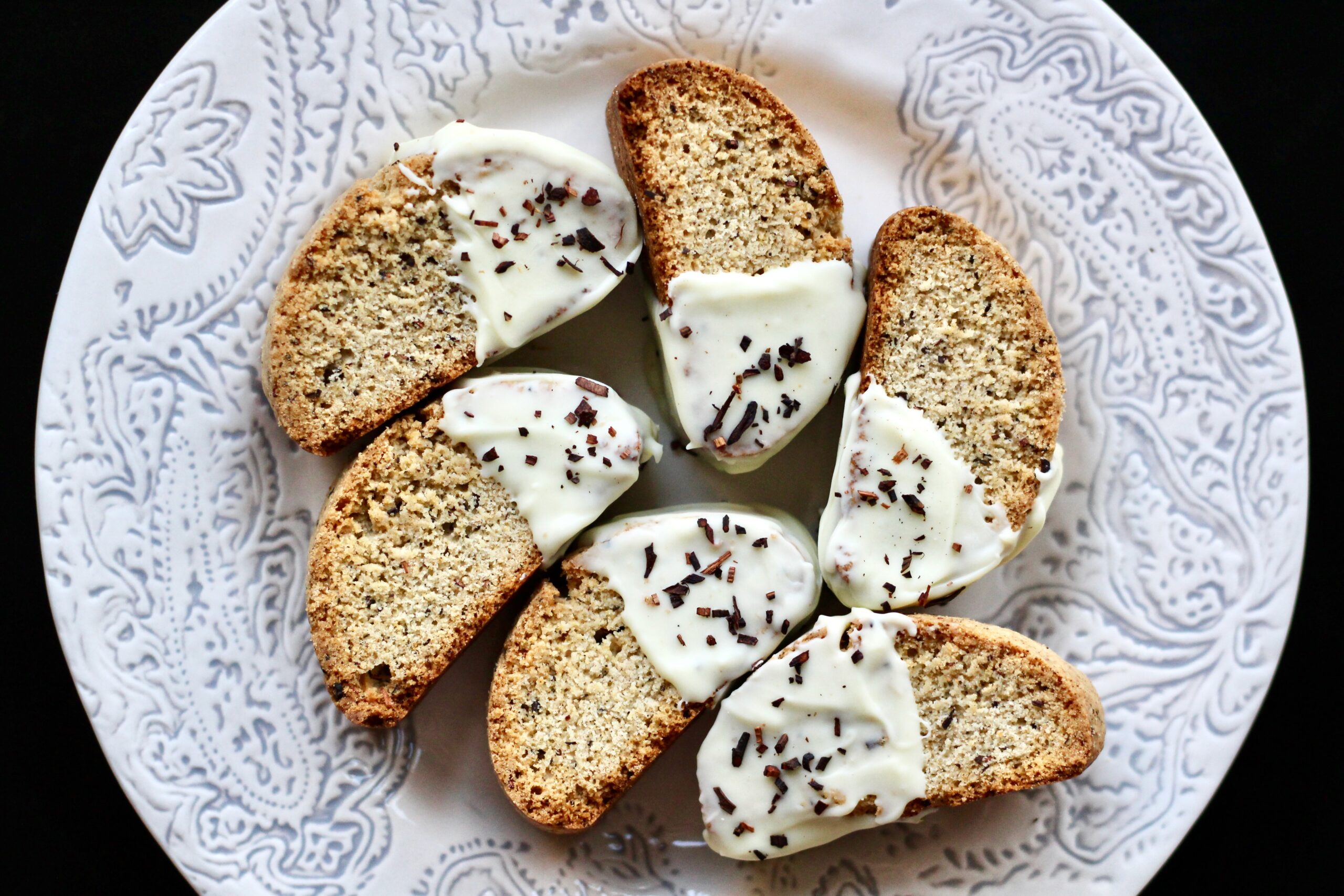
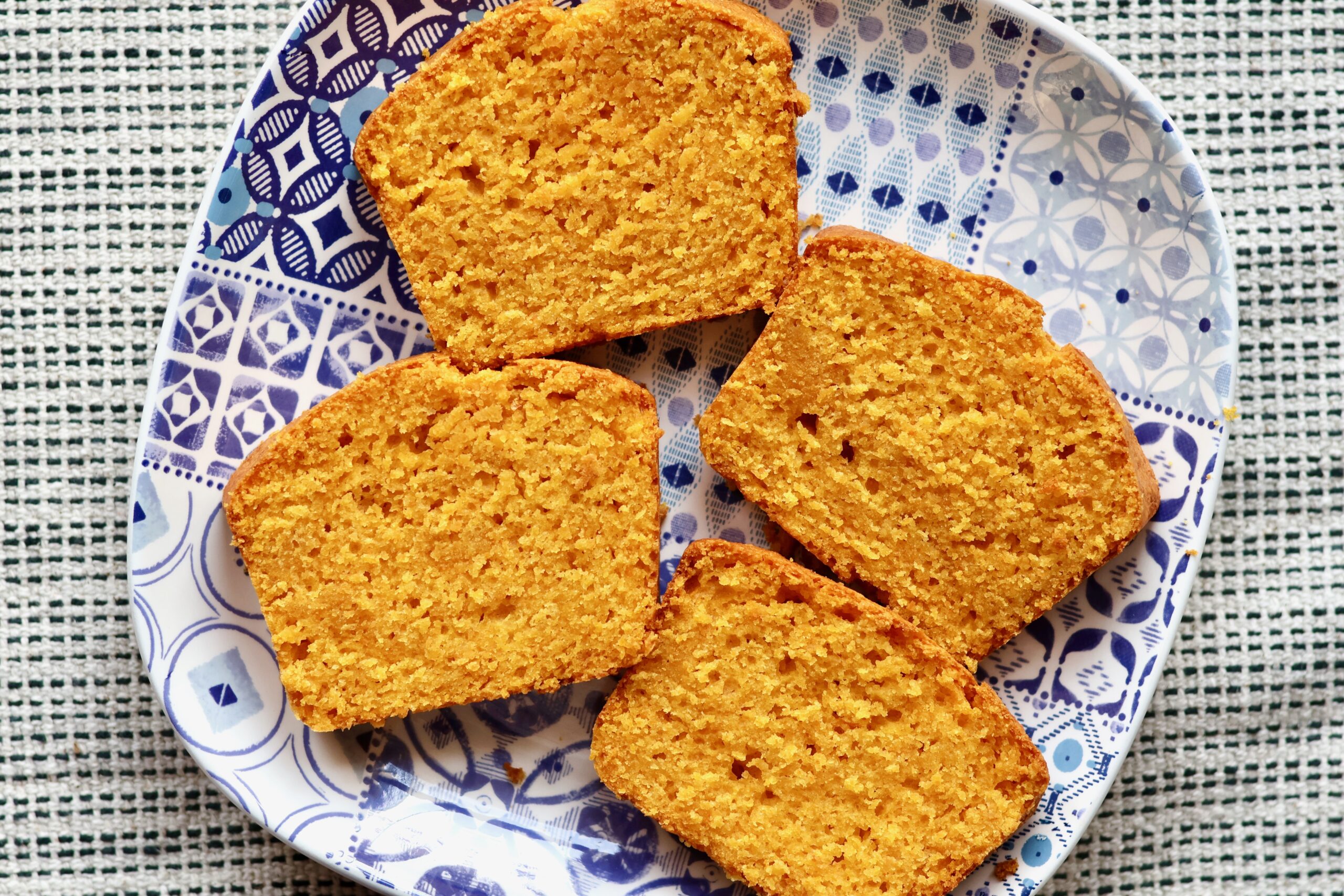
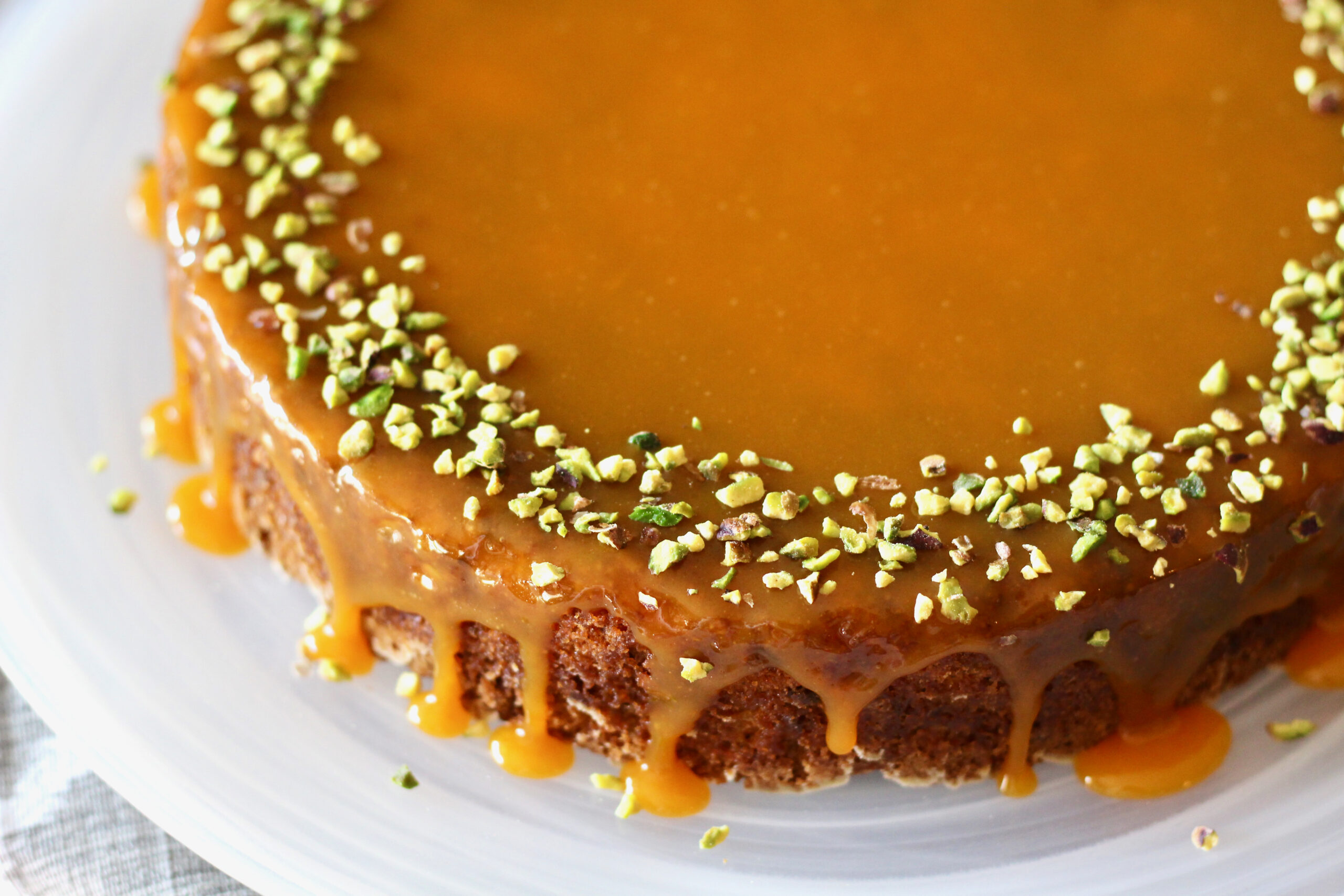
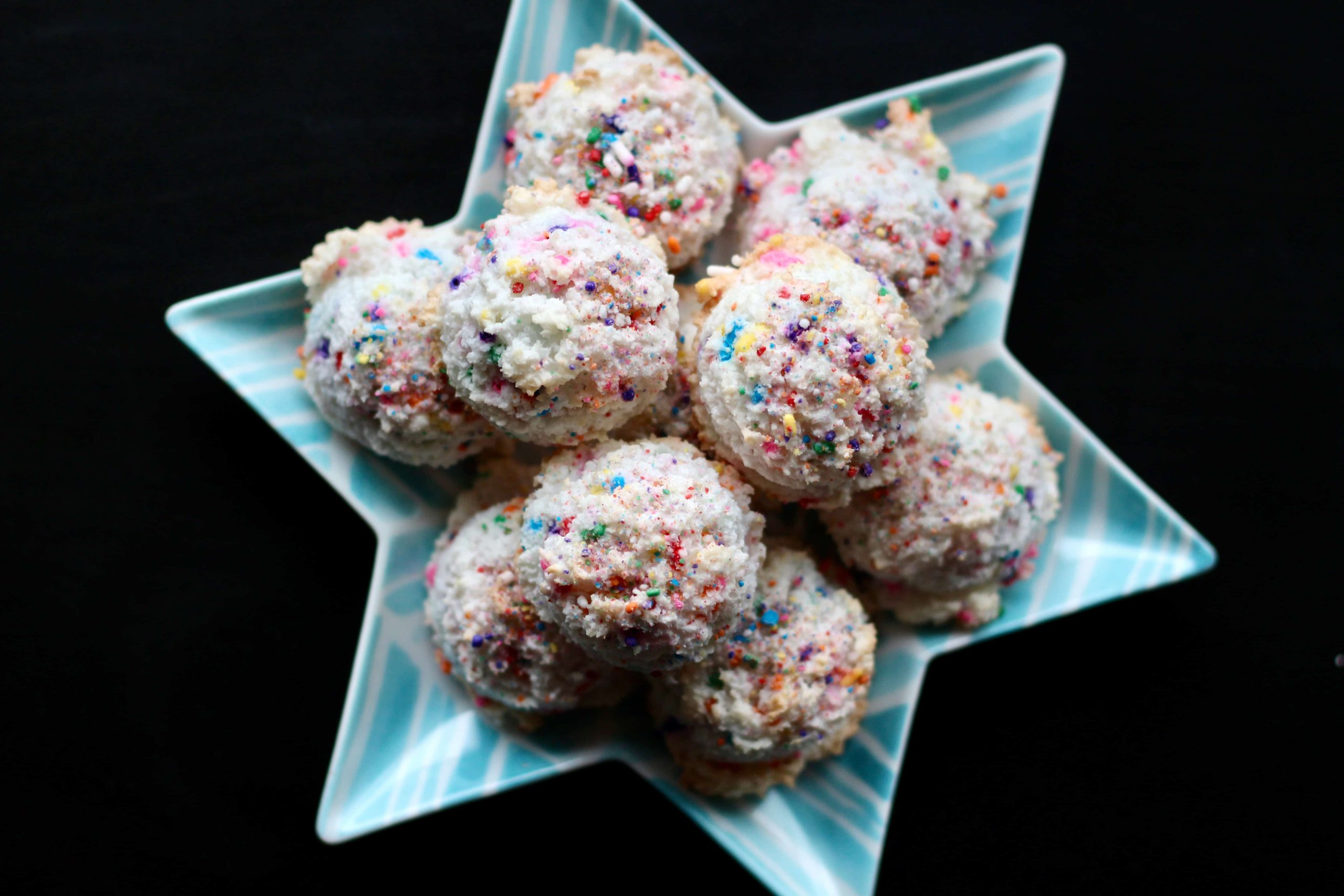
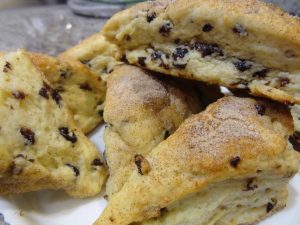

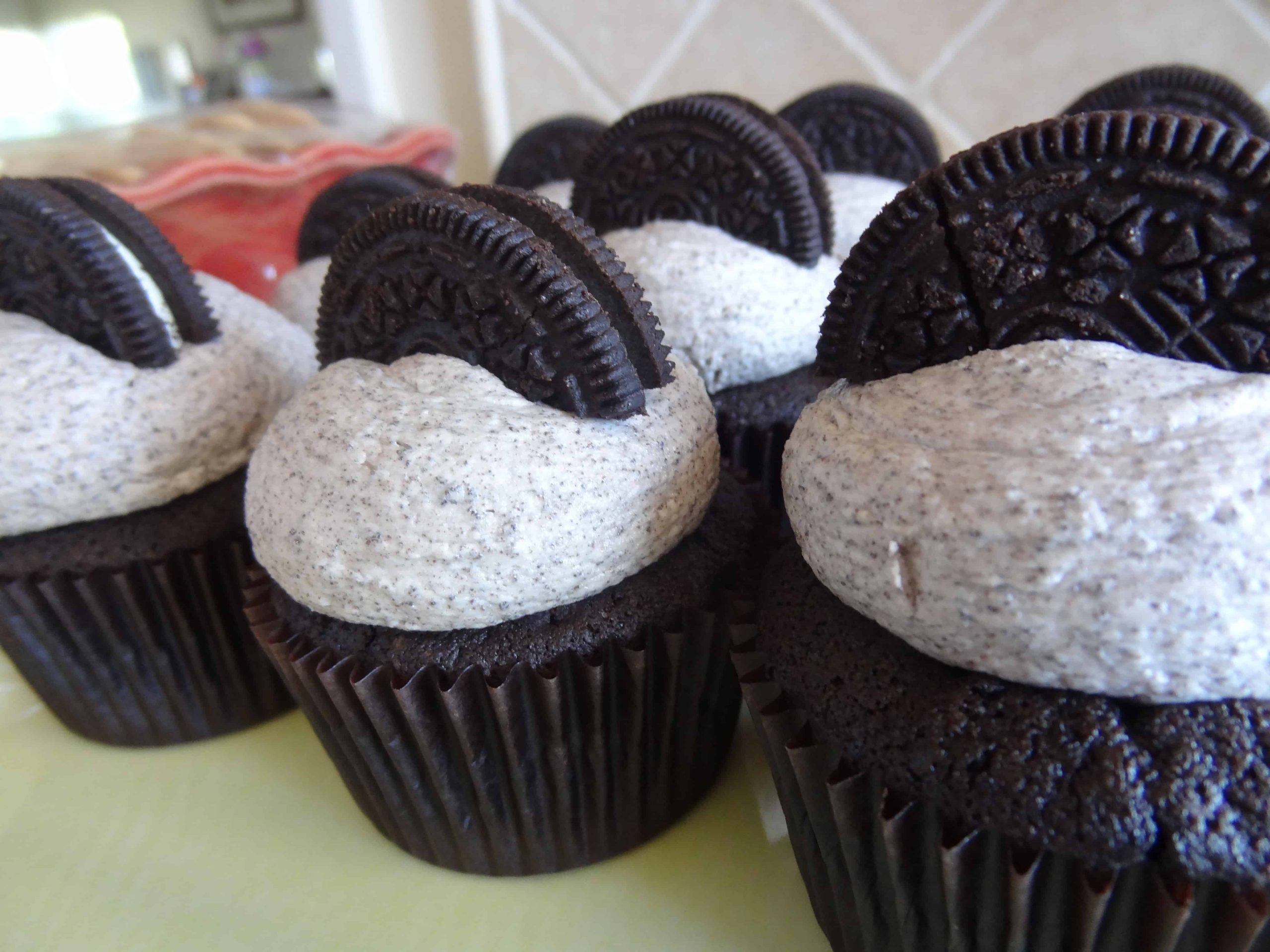
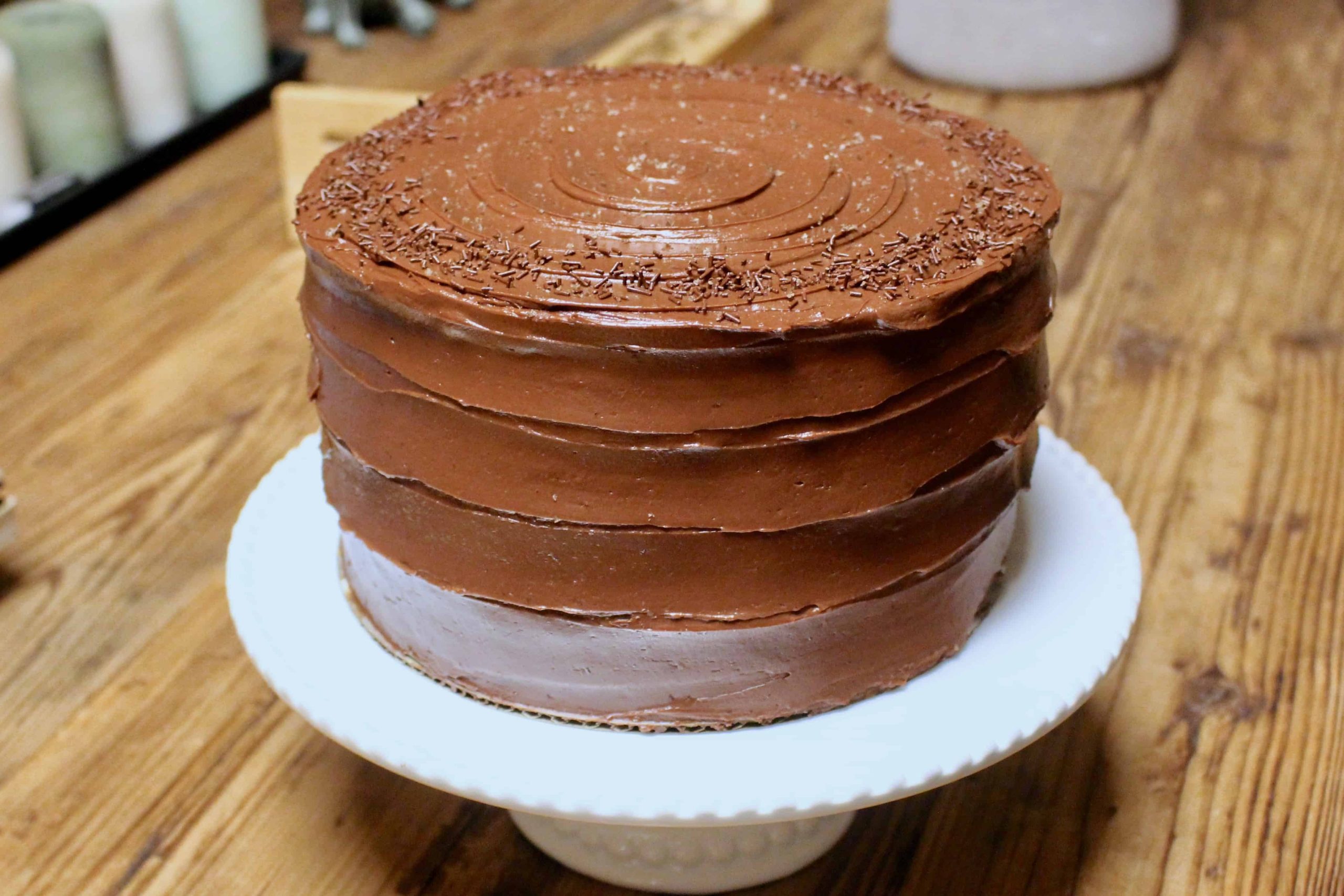
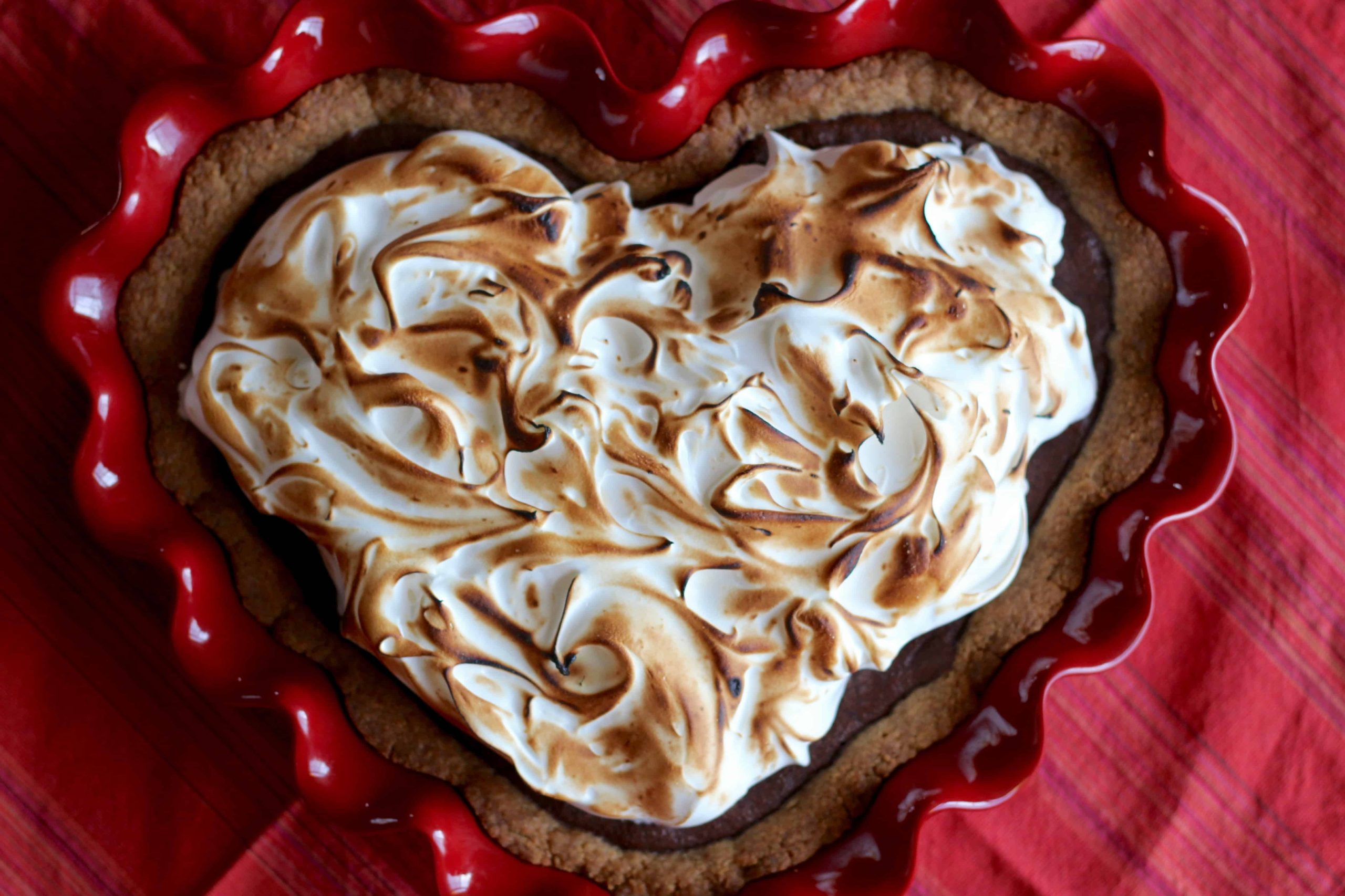
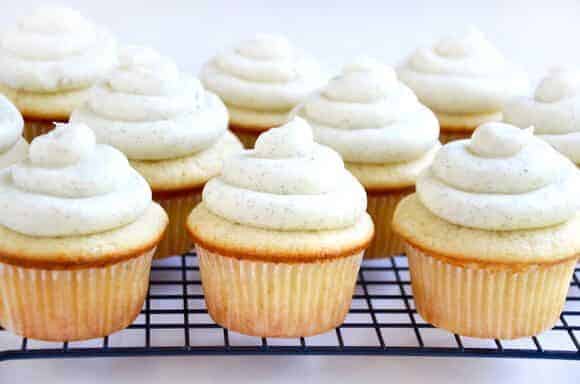
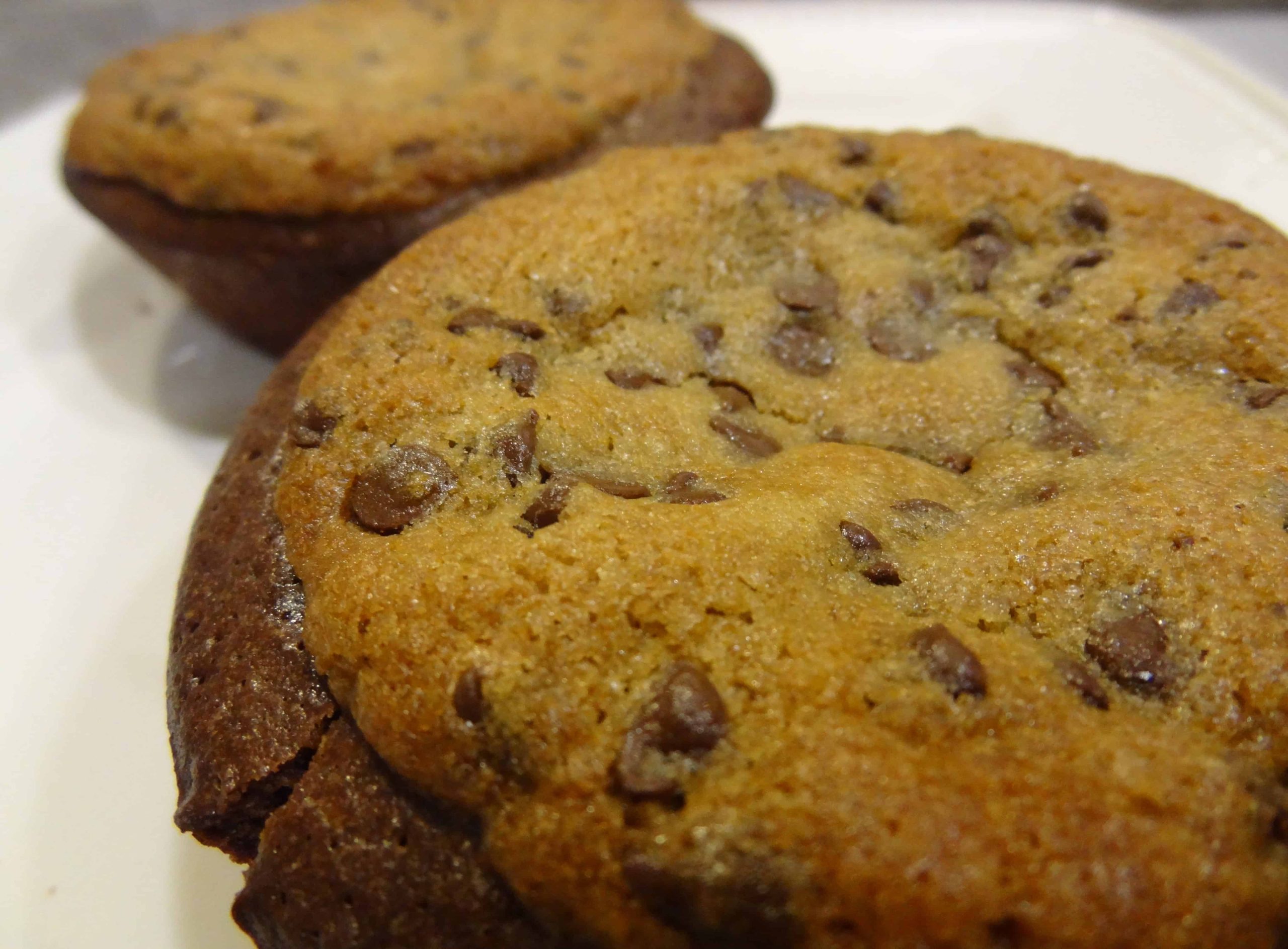

3 Responses
LOVE this blog post… I definitely want to try these! Yummy. You have definitely perfected these, my baking friend. 🙂
Thanks!! No dusty, dry scones here– if you like scones, you will LOVE these. I saw that you posted yours for tomorrow– can’t wait to read it!